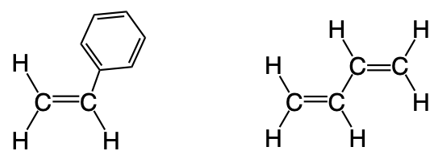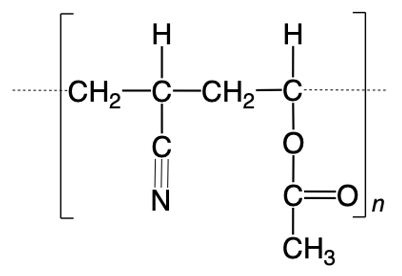In this video, let's take a look at copolymers. Now, here we're going to say we have homopolymers and copolymers. First of all, homopolymers are made up of a single type of monomers. And when we say this, they're all going to be the same shape, same size, and color, but copolymers, we're going to say they're made up of 2 or more different monomers together. Now they're subdivided into different types based on the arrangements of their monomers in the polymer chain.
Now here, let's take a look at the different types of copolymers. In the first one, we can see that it goes a b a b a b in this discernible pattern. And it's alternating between a and b, and that's why it's an alternating copolymer. Now here, 2 monomers alternate in regular sequence. The next one, we still have a b e s, but here we're going to say 2 or more monomers arranged in random sequence.
There's no discernible pattern that we can see here, so this is random. Next, we're going to say large blocks of monomers alternate with one another. So here, b's and then a's together and then b's again b's together again. They're alternating in blocks and that's why we call this a block copolymer. Then finally here, we have our chain of a and branching off it are b's.
So here, we're going to say we have homopolymer branches grafted into another homopolymer chain. So this is a homopolymer chain because it's all a's and these are the branching groups which are also homopolymers. Grafting meaning they're branching off, so we call this a graft copolymer. So just remember, these are the different types of arrangements that can occur for different types of copolymers.




